4.3 THE PREDICTIVE TOP-DOWN PARSER
4.2 IMPLEMENTATION
A top-down parser can be implemented by writing a set of recursive procedures to process the input. One procedure will take care of the left-most derivations for each nonterminal while processing the input. Each procedure should also provide for the storing of the input pointer in some local variable so that it can be reset properly when the parser backtracks. This implementation, called a "recursive descent parser," is a top-down parser for the above-described grammar that can be implemented by writing the following set of procedures:
S( ) { if (input =='a' ) { advance( ); if (A( ) != error) if (input =='b') { advance( ); if (input == endmarker) return(success); else return(error); } else return(error); } else return(error); } A( ) { if (input =='c') { advance( ); if (input == 'd') advance( ); } else return(error); } main( ) { Append the endmarker to the string w to be parsed; Set the input pointer to the left most token of w ; if ( S( ) != error) print f ("Successful completion of the parsing"); else printf ("Failure"); } where advance() is a routine that, when called, advances the input's pointer to the next occurrence of the symbol w .
| Caution | In a backtracking parser, the order in which alternatives are tried affects the language accepted by the parser. For example, in the above parser, if a production A ’ c is tried before A ’ cd , then the parser will fail to accept the string w = acdb , because it first expands S , as shown in Figure 4.4. |

Figure 4.4: The parser first expands S and fails to accept w = acdb.
The first input symbol matches the left-most leaf; and therefore, the parser will advance the pointer to c and consider the nonterminal A for expansion in order to obtain the tree shown in Figure 4.5.

Figure 4.5: The parser advances to c and considers nonterminal A for expension.
The second input symbol also matches. Therefore, the parser will advance the pointer to d , the third input symbol, and consider the next leaf, labeled b in Figure 4.5. It finds that there is no match; and therefore, it will backtrack to S (as shown in Figure 4.5 by the thick arrow). But since there is no alternative to S that can be tried, the parser will return failure. Because the point of mismatch is the descendent of a node labeled by S , the parser will backtrack to S . It cannot backtrack to A . Therefore, the parser will not accept the string acdb . Whereas, if the parser tries the alternative A ’ cd first and A ’ c second, then the parser is capable of accepting the string acdb as well as acb because, for the string w = acb , when the parser encounters a mismatch, it is at a node labeled by d , which is a descendent of a node labeled by A . Hence, it will backtrack to A and try A ’ c , and end up in the parse tree for acb . Hence, we conclude that the order in which alternatives are tried in a backtracking parser affect the language accepted by the compiler or parser.
| |
Consider a grammar S ’ aa aSa . If a top-down backtracking parser for this grammar tries S ’ aSa before S ’ aa , show that the parser succeeds on two occurrences of a and four occurrences of a , but not on six occurrences of a .
| |
In the case of two occurrences of a , the parser will first expand S , as shown in Figure 4.6.

Figure 4.6: The parser first expands S.
The first input symbol matches the left-most leaf. Therefore, the parser will advance the pointer to a second a and consider the nonterminal S for expansion in order to obtain the tree shown in Figure 4.7.

Figure 4.7: The parser advances the pointer to a second occurrence of a.
The second input symbol also matches. Therefore, the parser will consider the next leaf labeled S and expand it, as shown in Figure 4.8.

Figure 4.8: The parser expands the next leaf labeled S.
The parser now finds that there is no match. Therefore, it will backtrack to S , as shown by the thick arrow in Figure 4.9. The parser then continues matching and backtracking, as shown in Figures 4.10 through 4.15, until it arrives at the required parse tree, shown in Figure 4.16.
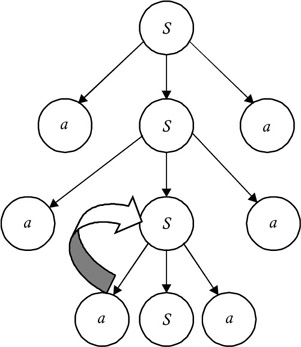
Figure 4.9: The parser finds no match, so it backtracks.
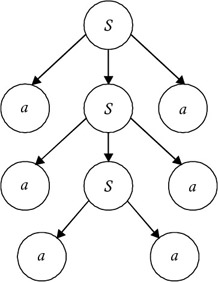
Figure 4.10: The parser tries an alternate aa.
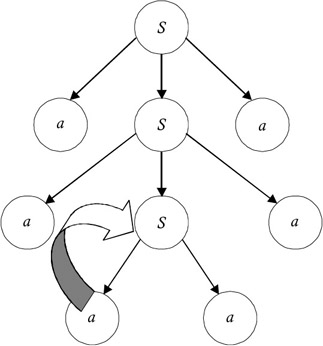
Figure 4.11: There is no further alternate of S that can be tried, so the parser will backtrack one more step.

Figure 4.12: The parser again finds a mismatch; hence, it backtracks.
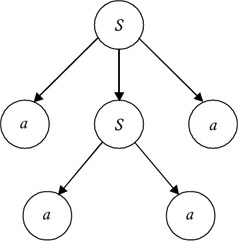
Figure 4.13: The parser tries an alternate aa.
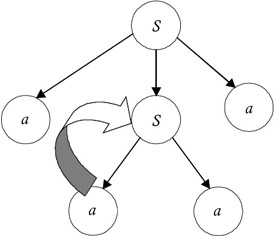
Figure 4.14: Since no alternate of S remains to be tried, the parser backtracks one more step.

Figure 4.15: The parser tries an alternate aa.
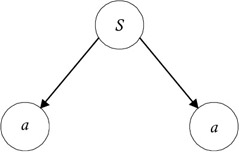
Figure 4.16: The parser arrives at the required parse tree.
Now, consider a string of four occurrences of a . The parser will first expand S , as shown in Figure 4.17.

Figure 4.17: The parser first expands S.
The first input symbol matches the left-most leaf. Therefore, the parser will advance the pointer to a second a and consider the nonterminal S for expansion, obtaining the tree shown in Figure 4.18.
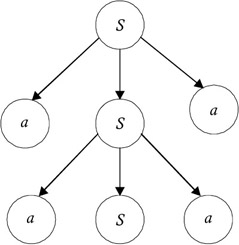
Figure 4.18: The parser advances the pointer to a second occurrence of a.
The second input symbol also matches. Therefore, the parser will consider the next leaf labeled by S and expand it, as shown in Figure 4.19.
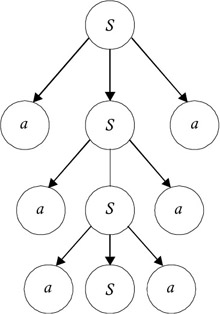
Figure 4.19: The parser considers the next leaf labeled by S.
The third input symbol also matches. So, the parser moves on to the next leaf labeled by S and expands it, as shown in Figure 4.20.

Figure 4.20: The parser matches the third input symbol and moves on to the next leaf labeled by S.
The fourth input symbol also matches. Therefore, the next leaf labeled by S is considered . The parser expands it, as shown in Figure 4.21.
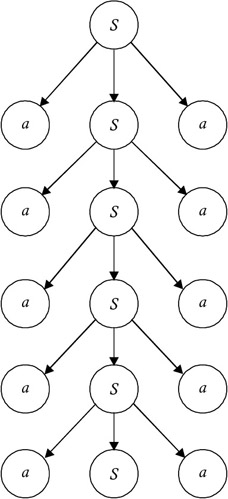
Figure 4.21: The parser considers the fourth occurrence of the input symbol a.
Now it finds that there is no match. Therefore, it will backtrack to S (Figure 4.22) and continue backtracking, as shown in Figures 4.23 through 4.30, until the parser finally arrives at the successful generation of a parse tree for aaaa in Figure 4.31.

Figure 4.22: The parser finds no match, so it backtracks.
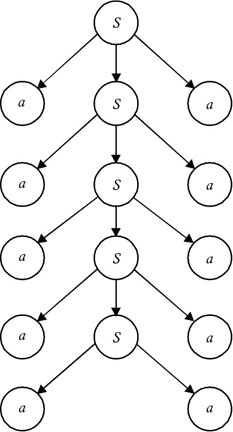
Figure 4.23: The parser tries an alternate aa.
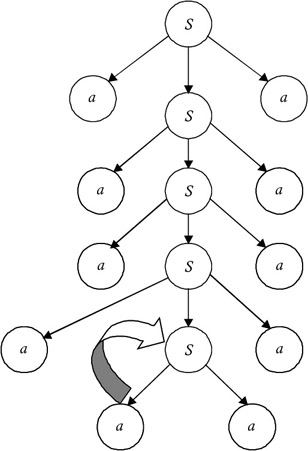
Figure 4.24: No alternate of S can be tried, so the parser will backtrack one more step.

Figure 4.25: Again finding a mismatch, the parser backtracks.
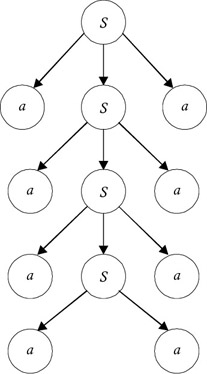
Figure 4.26: The parser then tries an alternate.
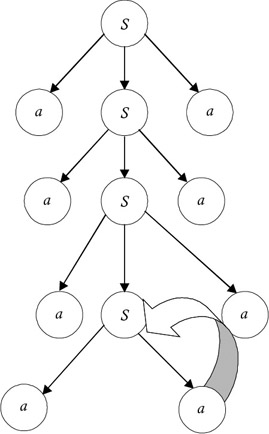
Figure 4.27: No alternate of S remains to be tried, so the parser will backtrack one more step.
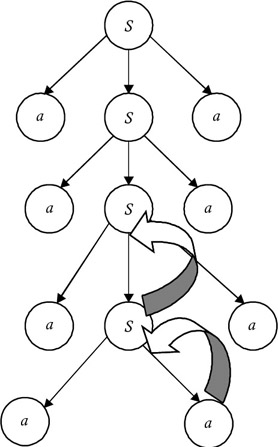
Figure 4.28: The parser again finds a mismatch; therefore, it backtracks.
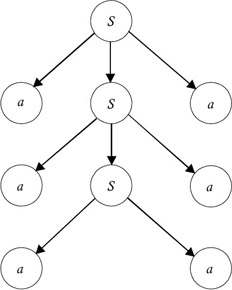
Figure 4.29: The parser tries an alternate aa.
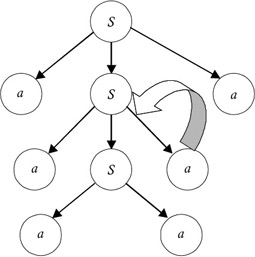
Figure 4.30: The parser then tries an alternate aa.
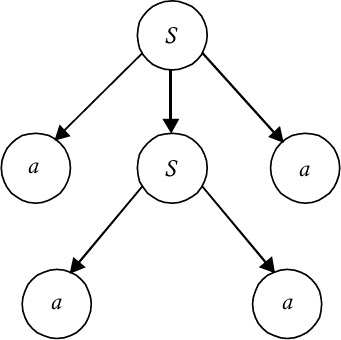
Figure 4.31: The parser successfully generates the parse tree for aaaa.
Now consider a string of six occurrences of a . The parser will first expand S , as shown in Figure 4.32.
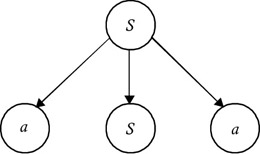
Figure 4.32: The parser expands S.
The first input symbol matches the left-most leaf. Therefore, the parser will advance the pointer to the second a and consider the nonterminal S for expansion. The tree shown in Figure 4.33 is obtained.
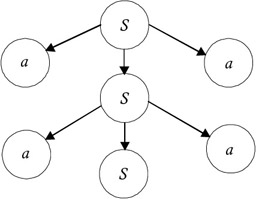
Figure 4.33: The parser matches the first symbol, advances to the second occurrence of a, and considers S for expansion.
The second input symbol also matches. Therefore, the parser will consider next leaf labeled S and expand it, as shown in Figure 4.34.
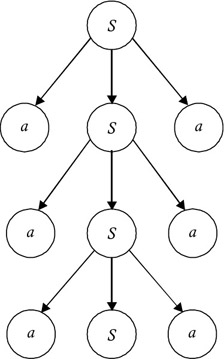
Figure 4.34: The parser finds a match for the second occurrence of a and expands S.
The third input symbol also matches, as do the fourth through sixth symbols. In each case, the parser will consider next leaf labeled S and expand it, as shown in Figures 4.35 through 4.38.
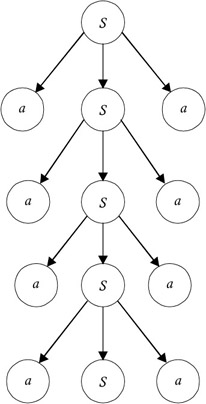
Figure 4.35: The parser matches the third input symbol, considers the next leaf, and expands S.
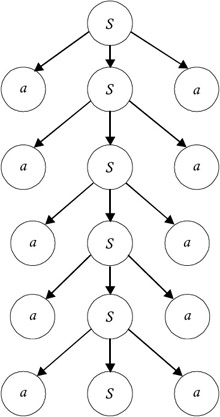
Figure 4.36: The parser matches the fourth input symbol, considers the next leaf, and expands S.
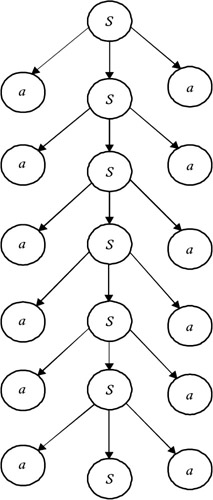
Figure 4.37: A match is found for the fifth input symbol, so the parser considers the next leaf, and expands S.

Figure 4.38: The sixth input symbol also matches. So the next leaf is considered, and S is expanded.
Now the parser finds that there is no match. Therefore, it will backtrack to S , as shown by the thick arrow in Figure 4.39.
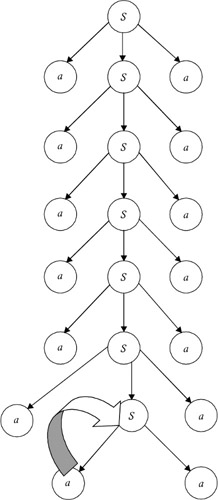
Figure 4.39: No match is found, so the parser backtracks to S.
Since there is no alternate of S that can be tried, the parser will backtrack one more step, as shown in Figure 4.40. This procedure continues (Figures 4.41 through 4.47), until the parser tries the sixth alternate aa (Figure 4.48) and fails to find a match.
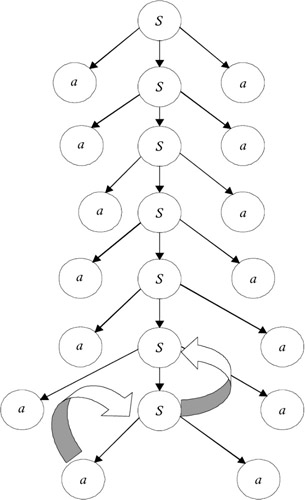
Figure 4.40: The parser backtracks one more step.
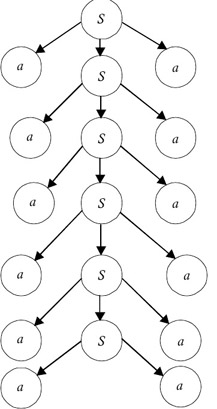
Figure 4.41: The parser tries the alternate aa.
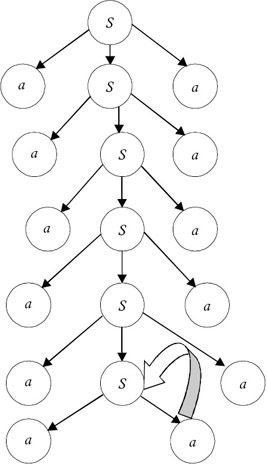
Figure 4.42: Again, a mismatch is found. So, the parser backtracks.

Figure 4.43: No alternate of S remains, so the parser will back-track one more step.
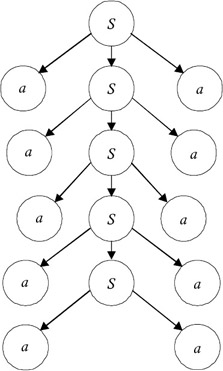
Figure 4.44: The parser tries an alternate aa.
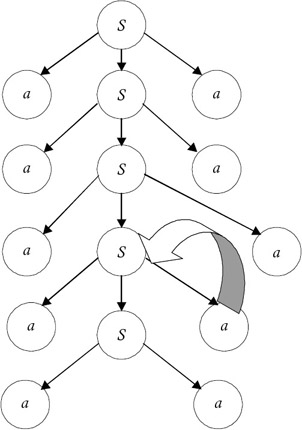
Figure 4.45: Again, a mismatch is found. The parser backtracks.
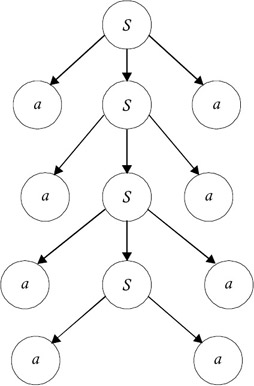
Figure 4.46: The parser then tries an alternate aa.
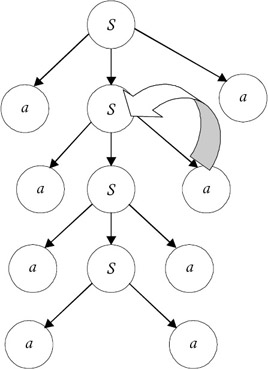
Figure 4.47: A mismatch is found, and the parser backtracks.

Figure 4.48: The parser tries for the alternate aa, fails to find a match, and cannot generate the parse tree for six occurrences of a.
EAN: 2147483647
Pages: 108